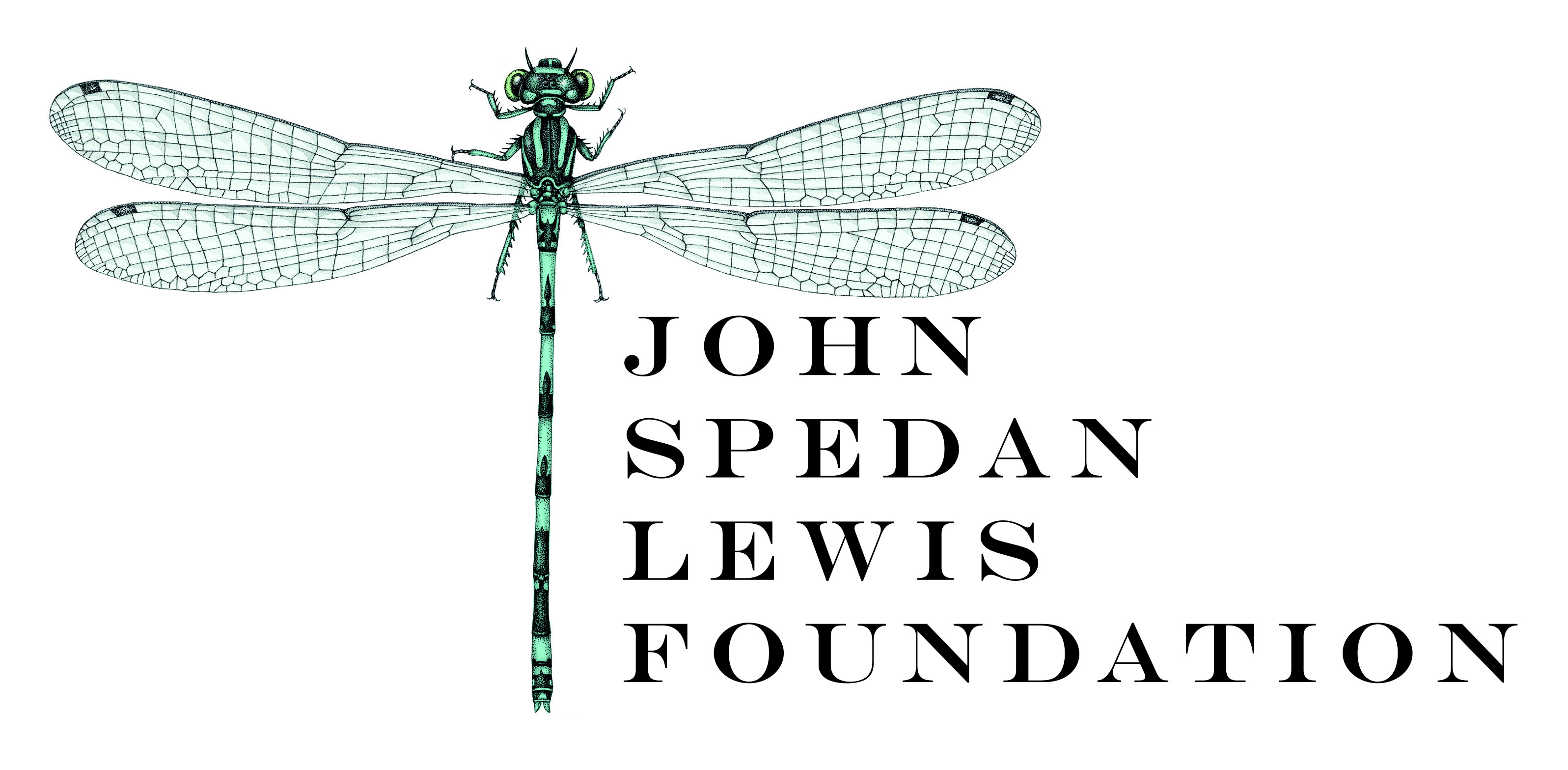Buddleja myriantha
Sponsor
Kindly sponsored by
The John Spedan Lewis Foundation

Credits
Andrew Large (2021)
Recommended citation
Large, A.T. (2021), 'Buddleja myriantha' from the website Trees and Shrubs Online (treesandshrubsonline.
Genus
Synonyms
- Buddleja adenantha Diels
- Buddleja duclouxii C. Marquand
Other taxa in genus
- Buddleja albiflora
- Buddleja alternifolia
- Buddleja araucana
- Buddleja asiatica
- Buddleja auriculata
- Buddleja caryopteridifolia
- Buddleja colvilei
- Buddleja cordata
- Buddleja crispa
- Buddleja crispa × lindleyana
- Buddleja curviflora
- Buddleja davidii
- Buddleja delavayi
- Buddleja fallowiana
- Buddleja fallowiana × davidii
- Buddleja FLUTTERBY™ Series
- Buddleja forrestii
- Buddleja globosa
- Buddleja glomerata
- Buddleja japonica
- Buddleja lindleyana
- Buddleja LO AND BEHOLD® Series
- Buddleja longiflora
- Buddleja loricata
- Buddleja × luteolufaucia
- Buddleja macrostachya
- Buddleja marrubiifolia
- Buddleja megalocephala
- Buddleja 'Miss Ruby'
- Buddleja 'Morning Mist'
- Buddleja New Dwarf Hybrids
- Buddleja nivea
- Buddleja officinalis
- Buddleja 'Orange Sceptre'
- Buddleja paniculata
- Buddleja × pikei
- Buddleja 'Pink Delight'
- Buddleja saligna
- Buddleja 'Salmon Spheres'
- Buddleja salviifolia
- Buddleja 'Silver Frost'
- Buddleja speciosissima
- Buddleja 'Summer Beauty'
- Buddleja virgata
- Buddleja × wardii
- Buddleja × weyeriana
- Buddleja × weyeriana Hybrids
- Buddleja 'Winter Sun'
Shrub 1–3 m tall. Branchlets nearly 4-angled, stellate tomentose, later glabrescent. Leaves shortly petiolate or subsessile, narrowly elliptic, 5–20 × 1–6 cm, underside stellate-tomentose, upper surface with stellate hairs and some spreading glandular hairs, base cuneate to decurrent, margin serrate, crenate-serrate, or subentire, apex acuminate. Inflorescences terminal, almost cylindrical, occasionally formed by three slender spicate or thyrsi, 6–22 × 1–3 cm. Calyx campanulate, 2–4 mm, outside stellate tomentose. Corolla purple, violet or white, outside stellate tomentose and often also with glandular hairs, inside pilose but glabrous at base, tube 4–5.8 × 1–1.3 mm; lobes suborbicular, c. 1–1.2 × 1–1.2 mm. Stamens inserted just below corolla mouth; anthers sessile, oblong, 0.8–1.2 mm. Ovary ovoid, 1.5–2 mm, glabrous or shortly stellate tomentose on apical half. Style 1–1.5 mm; stigma clavate. Capsule ellipsoid, 4–6 × 1.5–2 mm, usually glabrous. Seeds spindle-shaped, 2–2.5 mm, ellipsoid grain with slender wings at both ends. Flowering April-October. (Leeuwenberg 1979; Li & Leeuwenberg 1996).
Distribution Myanmar China Fujian, Gansu, Guangdong, Guizhou, Hunan, Sichuan, Xizang, Yunnan
Habitat Open woodland and forest edges, thickets, stream banks, 400–3400 m asl.
USDA Hardiness Zone 7-9
RHS Hardiness Rating H5
Conservation status Not evaluated (NE)
Buddleja myriantha is a semi-evergreen species very similar to B. davidii in overall habit and appearance, but with flowers more akin to B. albiflora. The flowers can be white, lilac or mauve and each individual flower is very small compared to B. davidii, although the panicle itself can be long. In flower, the species is easy to distinguish from similar species by the stellate tomentum on the outer surface of the corolla-tube, a feature absent from both B. albiflora and B. davidii.
This species is rare and cultivation and most specimens in the horticultural trade labelled as such are either B. curviflora or B. salviifolia. An authentic specimen is grown at the Royal Botanic Garden Edinburgh, a 1990 collection from Yunnan by Howick and McNamara (H&M 1520).

